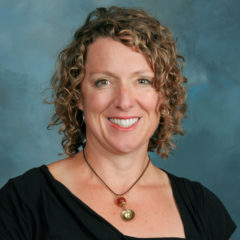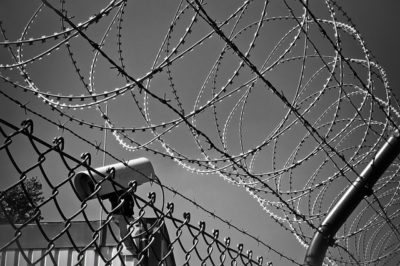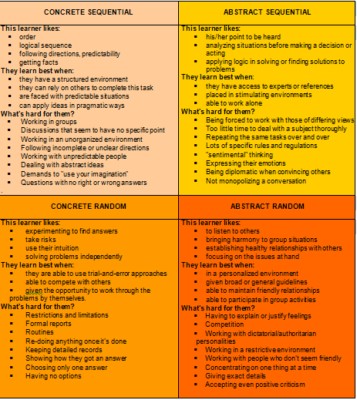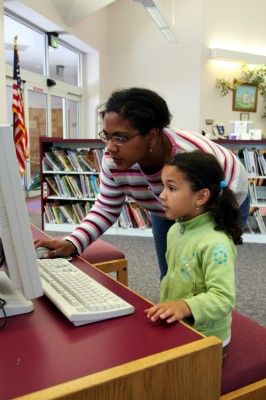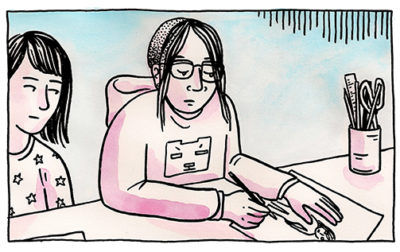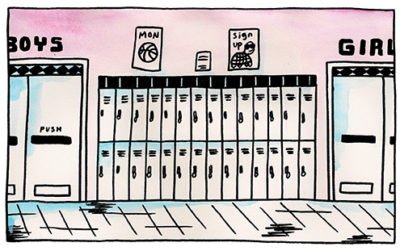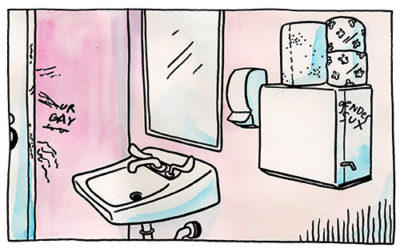By Guest Blogger, NBCT Sarah Applegate
Things that aren’t different:
- Teachers complaining about staff meetings
- New instructional initiatives that both inspire and tire teachers
- Kids who turn in assignments late
- Parent meetings that are stressful
Things that are different:
- Where the staff meetings are held
- The types of instructional initiatives that occur
- Where kids turn in their late assignments
- How long parent meetings last

Phuket, Thailand
Nearly two years ago, my husband and I finally finished our Search Associates application and did what we had been threatening/planning/talking about doing for years – we started actually searching for overseas teaching positions. What surprised us the most (we were naive) was how competitive overseas teaching is. We had a very narrow search at first…Europe, some Latin American countries since Rob is a Spanish teacher. But we soon discovered that despite our (stellar) resumes, jobs were tough for us to land. After a year of frustration, we expanded our search, and, based on experiences our friends had been having at a school in China, we applied and were hired at the Dalian American International School in Dalian, China.
Fast forward a year, and here we are, living and working at DAIS. Literally since we live on campus. We live in a rural area about an hour outside of Dalian, a small city of 8 million people(!). We live a mile from a beach, our apartment looks out on a blueberry farm/wedding picture locale and we live with most of the people we work with in a six-story building. One plus- our commute is about 2 minutes.
I teach Senior and Junior Seminar (which focuses on college application and completing a research project) along with teaching technology at the elementary school. Rob teaches English and Social Studies to 7th graders. Our school is unique in that there is an international group and a Chinese national boarding program. Rob and I work with only Chinese students at the secondary school and the students I work with at the elementary school are all international (meaning, they hold a passport from a country other than China).
We had months to think about what work would be like here. And, many of our assumptions came true.
The students we teach are incredibly privileged and part of the rising middle and upper class in China. It isn’t surprising (anymore) to see a Porsche, a Range Rover and a Maserati at elementary pickup.
Students have a wide and varied range of educational experiences, both in the international and the Chinese national programs. In the international program, some students have lived all over the world, speak 2 and 3 languages, and see themselves as part of the broader global community- they have a deep understanding and acceptance that DAIS is just a stop on their journey as part of their parent’s work assignments.
Kids arrive and leave the elementary school frequently, and some are more ready to be in an English only program than others. In the Chinese national program, there isn’t a ton of turnover, but the language proficiency varies widely. Some of my seniors love to practice their language skills and have a solid understanding that next year they will be attending college in an English-speaking country so practicing now is valuable! Others are reticent and take shelter in the fact that 2/3 of the entire secondary school speaks Mandarin as their first language. They only speak in English when they are required to by the course or the teacher, and otherwise their day is in Mandarin. As someone who doesn’t have a second language and is a self-admitted lazy language learner, I can empathize- heck, I live and work in a gated community with other English speakers. However, my senior students are going to be in an entirely English university program in just 6 months! Gaah!

View from Hike
But, many of our assumptions didn’t come true:
Just because parents are shelling out a lot of money to attend a “western style” school, this doesn’t mean the students are motivated, take initiative and want to learn everything they can. They are still kids and teenagers, with moods, interests and skills that vary widely, and a broad range of understanding the privilege and opportunity they are being offered. We still have to bring our ‘A’ game every day. At least we have less of them to inspire. To be frank, class sizes are very reasonable.
Even working at a private school, even with the tuition, resources, etc., behind the scenes, we are still living in China, a developing nation. Thus working with technology can be incredibly frustrating. The government has a pretty tight monitor on information (apparently their website that filters all information that comes in and out of the China is the busiest in the world, which makes sense) but trying to be a technology teacher, providing 21st century experiences to worldly kids can be incredibly frustrating. We do a lot of sitting…and waiting for websites to load. As teachers, we all try to laugh it off, giving one another sympathetic “I know” looks whenever it is brought up at staff meetings (see above). However, as a technology teacher, I think I have a special and uniquely frustrating relationship with this reality.
China is different. So much different than the US, and the other two countries we have lived in (Mexico and Finland). There is so much I don’t understand- the language, obviously is a huge one, but layer that with characters that are pretty much unintelligible, traditions that don’t look like anything I have known before, and a public school educational system that is amazing (in the fact of how fast they have been able to increase literacy) but is entirely based on rote and routine memorization for an exit exam that requires a complete and exact regurgitation of the textbook information using the ancient and complex characters? Well, it is just a lot to take in every day. The first few weeks and months are a blur and people try and help- the question- “How are you adjusting?” is asked to every newbie frequently during the first few weeks. I vacillated between trying to stay strong (“We are great”) to honest (“I don’t know that I can stay here past October without having a nervous breakdown”).
In mid-November I had a quiet and brief epiphany: I can do it. I can figure out how to get groceries, coffee and exercise. I can appreciate the differences, I can laugh and relax just a little, and I can work on doing a better job of parenting, teaching and taking care of myself. I have a year and a half to go in my contract. I know I am going to be surprised at who I become and how I talk about these experiences in June 2019, when we plan to come home and “return to regular programming.”

PyeongChang 2018 Olympic Winter Games Ski Jump
Sarah Applegate has been teaching for 23 years and is excited to be new at something again! Sarah spent her entire teaching career in the same high school, first as an English teacher and then as the Teacher Librarian. In 2016-2017, she had the opportunity to work for CSTP working on teacher leadership initiatives and learned a lot about how to create the environment for teacher leadership to grow. Sarah has worked with National Board Initiatives in Washington State since 2002 and believes teacher leadership can improve student learning and transform schools. Sarah cannot believe how many miles she has been putting on her frequent flyer account over the past 10 months.
